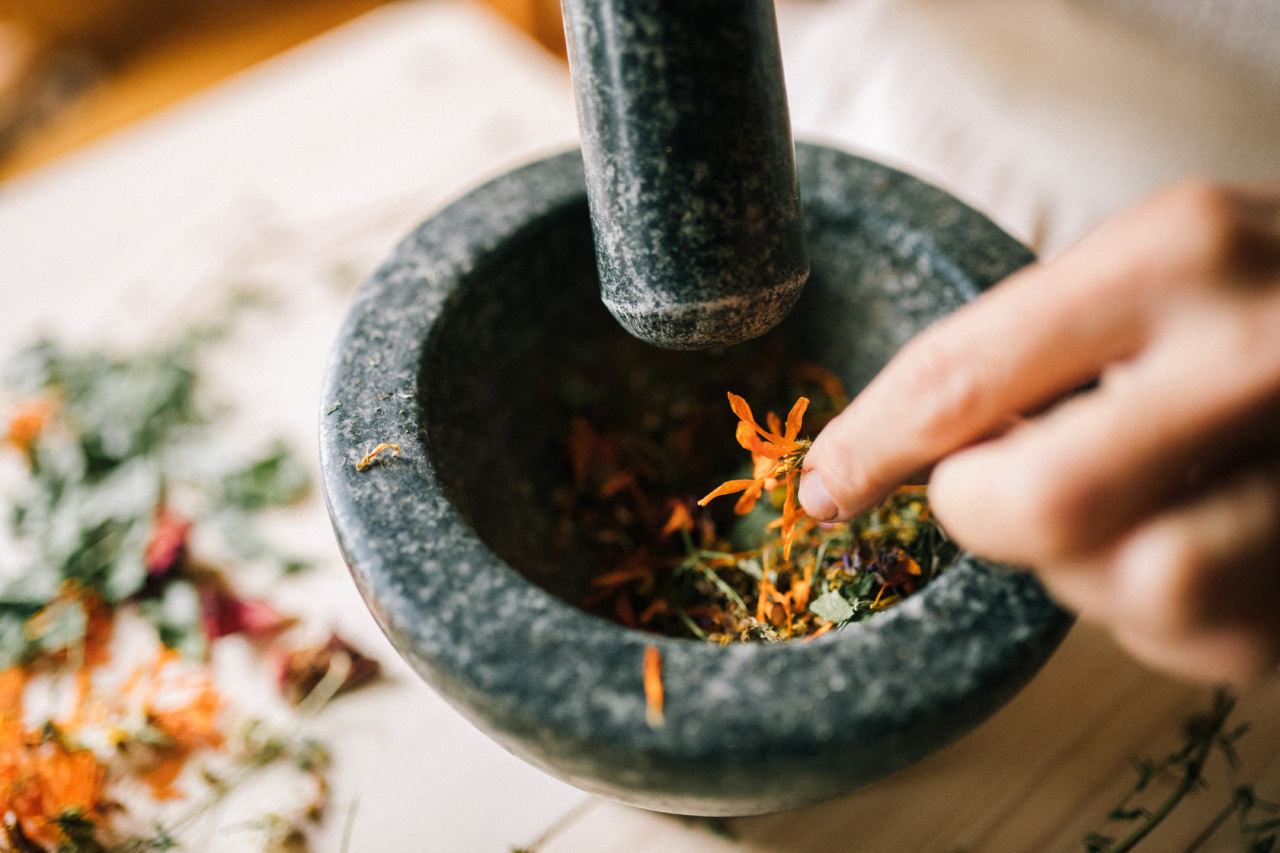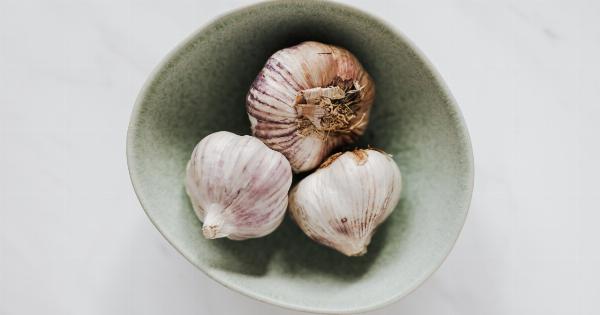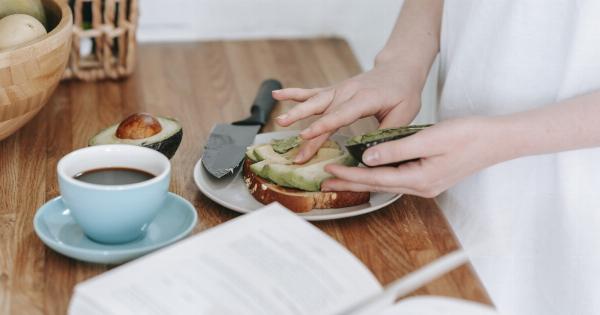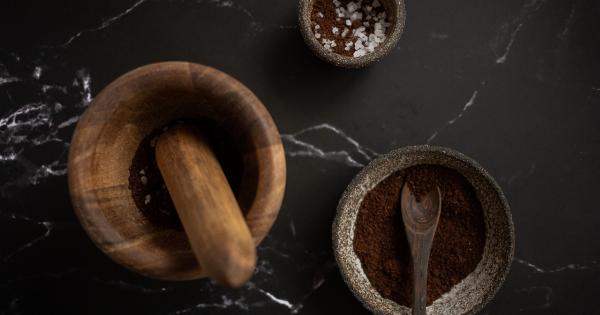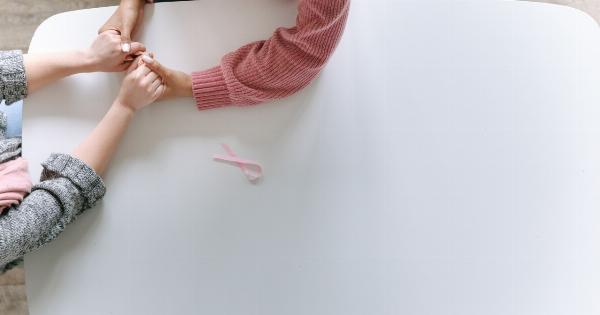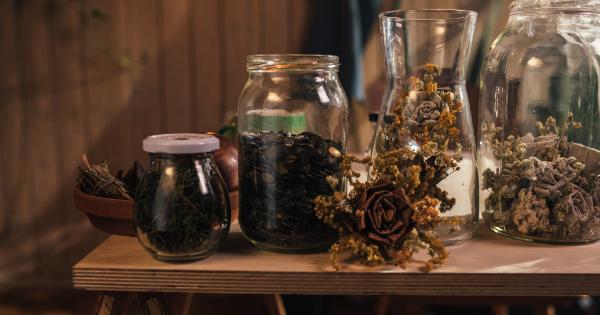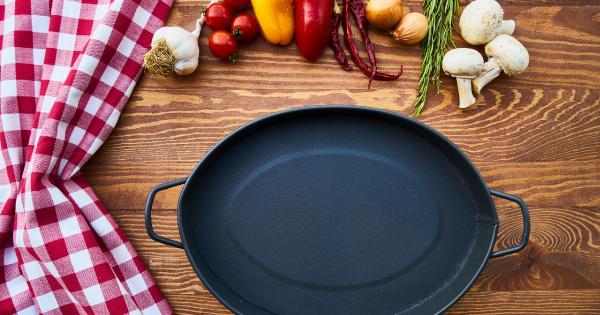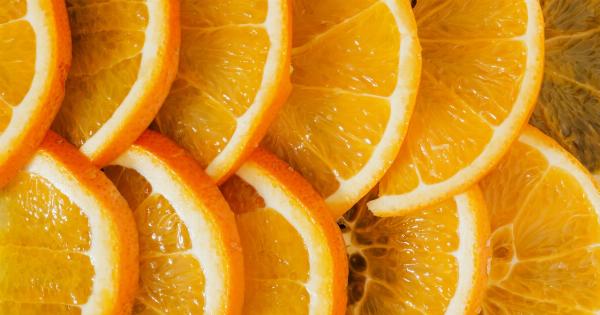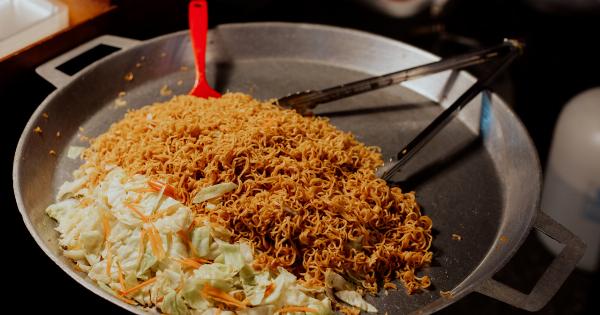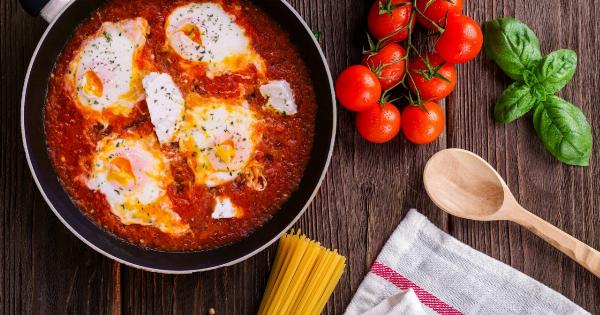Herbs are a gift from nature with countless benefits that have been used for thousands of years by various cultures and traditions.
While some use herbs for medicinal purposes, others incorporate them into their meals and drinks to add flavor and enhance the nutritional value of their diets. If you are a beginner looking to start using herbs, here is a comprehensive guide to help you get started.
Choose Fresh Herbs
Fresh herbs are more potent than their dried counterparts and add a burst of flavor to your meals. When buying herbs, go for bright and unblemished leaves that are not wilted.
You can also grow herbs at home in a windowsill or balcony garden, which is a cost-effective way to get access to fresh herbs.
Understand Different Herbs
There are hundreds of herbs with unique flavors and properties. Here are some commonly used herbs and their uses:.
Basil
Basil has a sweet and mild flavor that pairs well with tomatoes, mozzarella cheese, and pasta dishes. It is also known to have anti-inflammatory and antioxidant properties.
Rosemary
Rosemary has a woodsy flavor and a fragrant aroma. It is often used to flavor roasted meats, potatoes, and bread. Rosemary is also known to improve digestion and boost memory.
Mint
Mint has a refreshing flavor and is used to flavor drinks, desserts, and salads. It is also known to ease nausea and indigestion.
Parsley
Parsley has a mild flavor and is used to add freshness to salads, soups, and stews. It is also known to support bone health and reduce inflammation.
Cilantro
Cilantro has a citrusy and refreshing flavor that is often used in Mexican and Asian dishes. It is also known to support detoxification and aid digestion.
Store Your Herbs Properly
To keep your herbs fresh and maximize their shelf life, store them properly. Here are some tips:.
- Wash the herbs thoroughly and pat them dry with a paper towel.
- Wrap the herbs in a damp paper towel and store them in a plastic bag in the refrigerator.
- Alternatively, you can store your herbs in a jar of water in the refrigerator, like fresh flowers. Cover the jar with a plastic bag to maintain humidity.
- If you have excess herbs, you can dry them by tying them in bunches and hanging them upside down in a warm, well-ventilated room until they are dry. Then store them in an airtight container.
Methods for Using Herbs
Here are some common ways to use herbs:.
Cooking with Herbs
Herbs can add flavor and nutrition to your meals. Here are some tips for cooking with herbs:.
- For delicate herbs such as parsley, cilantro, and mint, add them at the end of cooking to preserve their flavor.
- For heartier herbs such as rosemary and thyme, add them at the beginning of cooking to infuse their flavor into the dish.
- You can also make herb-infused oils and vinegars to add to dressings and marinades. Simply place the herbs in a jar and cover with oil or vinegar. Let the mixture sit for a few days to allow the flavor to infuse, then strain and store.
Making Herbal Tea
Herbal tea is a great way to enjoy the benefits of herbs. Here’s how:.
- Bring water to a boil and pour it over the herbs (use about one teaspoon of dried herbs per cup of water).
- Cover and let steep for 5-10 minutes.
- Strain and enjoy.
- You can also add honey, lemon, or other natural sweeteners to your herbal tea.
Making Herbal Salves and Balms
Herbs can also be used topically to support skin health. Here’s how to make a basic herbal salve:.
- Melt beeswax in a double boiler.
- Add olive oil infused with herbs (you can use dried or fresh herbs).
- Stir until the mixture is well combined.
- Pour into a jar and let cool.
- You can also add essential oils for added benefits and aroma.
- To use, apply the salve topically to the affected area.
Conclusion
Herbs are versatile and have multiple uses. Whether you want to cook with them, make herbal teas, or topical salves, herbs can enhance your life in many ways.
Start by choosing fresh herbs, understanding the different types of herbs, storing your herbs properly, and exploring different methods for using them. Happy herb-ing!.
